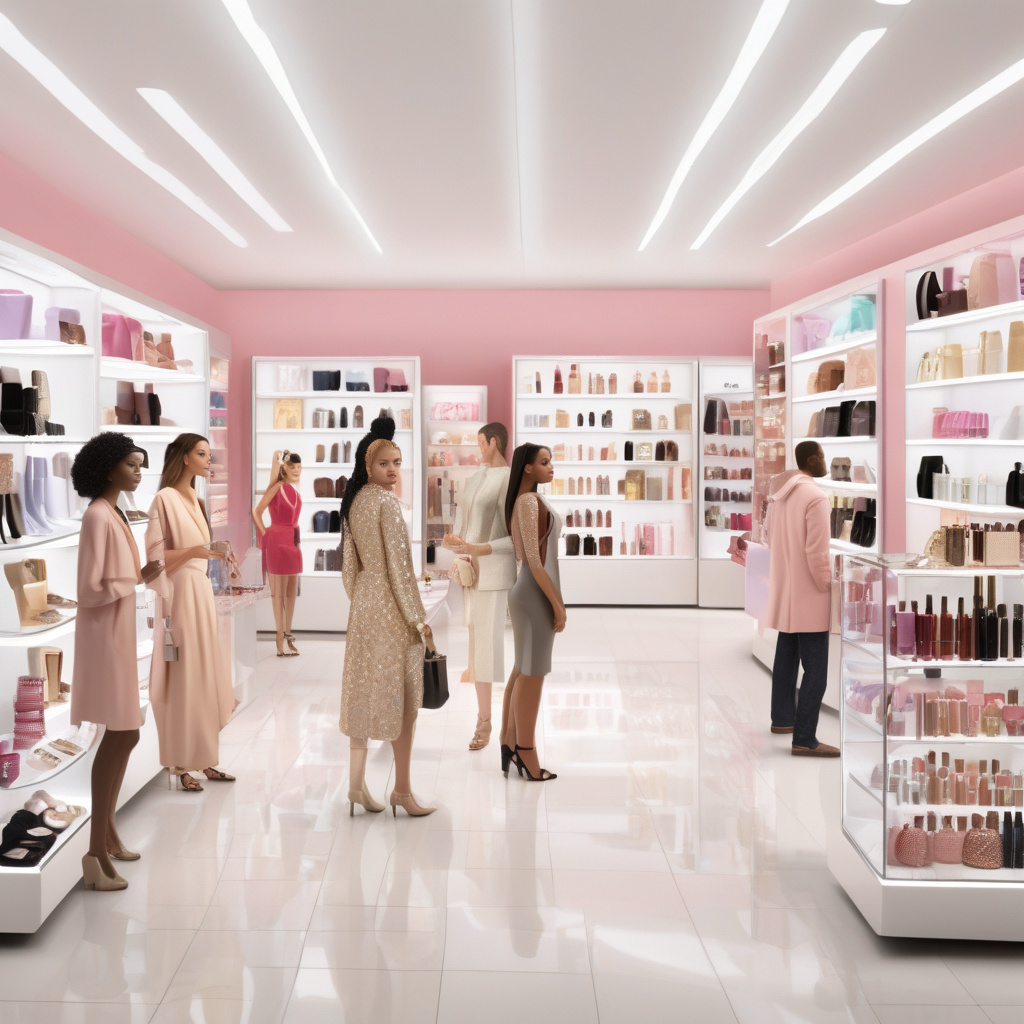How Tomorrow’s Beauty Consumer Will Shop
The beauty industry is on the brink of a significant transformation, driven by macro dynamics, shifting wealth patterns, and migration trends that are reshaping consumer behavior worldwide. According to insights from The State of Fashion: Beauty Volume 2, businesses in this sector must adopt a forward-thinking approach to remain competitive. This article explores how companies can anticipate changes across generations and cultures while hyper-localising their brands to meet the evolving demands of tomorrow’s beauty consumer.
Macro dynamics play a crucial role in shaping the beauty shopping landscape. Globalization has made beauty products more accessible than ever, but it has also heightened competition among brands. Consumers are increasingly aware of diverse beauty standards and products from various cultures. Consequently, beauty companies that fail to adapt risk losing market share to those that understand and embrace the nuances of local tastes and preferences.
Wealth patterns are another critical factor influencing beauty spending. Emerging markets, particularly in Asia and Africa, are experiencing a surge in disposable income. As a result, a new class of beauty consumers is emerging, eager to invest in premium and luxury products. Brands must recognize this shift and tailor their offerings to cater to these consumers’ unique preferences. For example, companies can introduce localized product lines that reflect the cultural heritage and beauty rituals of these markets, thereby enhancing their appeal among local shoppers.
Moreover, migration is reshaping consumer demographics and behaviors in various regions. As people move for work or education, they bring their beauty preferences and practices with them. This cultural exchange creates opportunities for brands to innovate and diversify their product ranges. For instance, a brand that traditionally caters to European beauty standards might find success by collaborating with influencers or local experts in Asian markets. This strategy not only broadens the brand’s appeal but also helps to foster a sense of community among diverse consumer segments.
To navigate this complex landscape, beauty brands must adopt a hyper-localised approach. This means understanding the specific needs of consumers in different regions and tailoring marketing strategies accordingly. For example, a beauty brand launching in a new market could conduct localized research to identify popular ingredients or beauty rituals specific to that region. By leveraging local insights, brands can create targeted campaigns that resonate with consumers on a personal level.
Digital transformation is another key element that will shape how tomorrow’s beauty consumers shop. The rise of e-commerce and social media has changed the way consumers discover and purchase beauty products. Brands must harness these digital platforms to engage with consumers and build loyalty. For instance, social media influencers play a significant role in shaping beauty trends, and brands can collaborate with them to reach a wider audience. By leveraging user-generated content and authentic testimonials, companies can enhance their credibility and attract new customers.
Additionally, the integration of technology in beauty shopping is becoming increasingly prevalent. Virtual try-on features, augmented reality applications, and AI-driven personalization are just a few examples of how technology is enhancing the shopping experience. Companies that invest in these innovations will not only improve customer satisfaction but also differentiate themselves from competitors. For instance, brands like L’Oréal have successfully implemented virtual try-ons, allowing consumers to see how a product will look before making a purchase, ultimately driving conversion rates.
Sustainability is another significant concern for tomorrow’s beauty consumers. As awareness of environmental issues grows, shoppers are becoming more conscious of the brands they support. Companies that prioritize sustainable practices and transparency in their supply chains will appeal to socially conscious consumers. Brands like Fenty Beauty and The Body Shop have gained popularity by emphasizing their commitment to ethical sourcing and eco-friendly packaging. By aligning their values with those of their consumers, companies can foster loyalty and build a strong brand reputation.
In conclusion, the beauty shopping landscape is evolving rapidly, influenced by macro dynamics, wealth patterns, migration, and technological advancements. To stay competitive, brands must anticipate changes across generations and cultures while adopting a hyper-localised approach. By understanding and responding to the unique needs of tomorrow’s beauty consumers, brands can position themselves for success in this dynamic market. The future of beauty shopping lies in a combination of cultural sensitivity, innovative technology, and a commitment to sustainability, ensuring that companies not only meet consumer expectations but exceed them.
beauty, retail, consumer trends, sustainability, digital transformation
